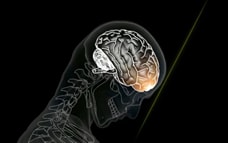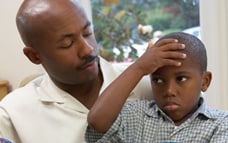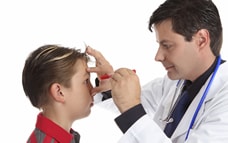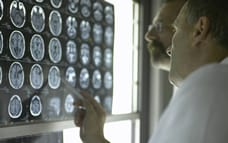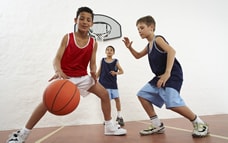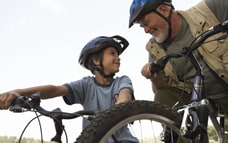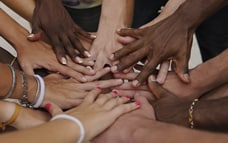Returning to Sports and Activities
After a concussion, an athlete should only return to sports practices with the approval and under the supervision of their health care provider. When available, be sure to also work closely with your team’s certified athletic trainer.
Below are six gradual steps that you, along with a health care provider, should follow to help safely return an athlete to play. Remember, this is a gradual process. These steps should not be completed in one day, but instead over days, weeks, or months.
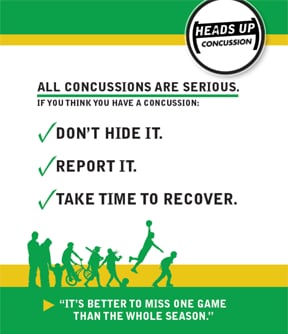
It is important for an athlete’s parent(s) and coach(es) to watch for concussion symptoms after each day’s return to play progression activity. An athlete should only move to the next step if they do not have any new symptoms at the current step. If an athlete’s symptoms come back or if he or she gets new symptoms, this is a sign that the athlete is pushing too hard. The athlete should stop these activities and the athlete’s medical provider should be contacted. After more rest and no concussion symptoms, the athlete can start at the previous step.
Step 1: Back to regular activities (such as school)
Athlete is back to their regular activities (such as school) and has the green-light from their healthcare provider to begin the return to play process. An athlete’s return to regular activities involves a stepwise process. It starts with a few days of rest (2-3 days) and is followed by light activity (such as short walks) and moderate activity (such as riding a stationary bike) that do not worsen symptoms. You can learn more about the steps to return to regular activities at: https://www.cdc.gov/headsup/basics/concussion_recovery.html.
Step 2: Light aerobic activity
Begin with light aerobic exercise only to increase an athlete’s heart rate. This means about 5 to 10 minutes on an exercise bike, walking, or light jogging. No weight lifting at this point.
Step 3: Moderate activity
Continue with activities to increase an athlete’s heart rate with body or head movement. This includes moderate jogging, brief running, moderate-intensity stationary biking, moderate-intensity weightlifting (less time and/or less weight from their typical routine).
Step 4: Heavy, non-contact activity
Add heavy non-contact physical activity, such as sprinting/running, high-intensity stationary biking, regular weightlifting routine, non-contact sport-specific drills (in 3 planes of movement).
Step 5: Practice & full contact
Young athlete may return to practice and full contact (if appropriate for the sport) in controlled practice.
Step 6: Competition
Young athlete may return to competition.
